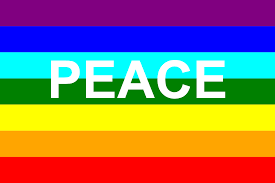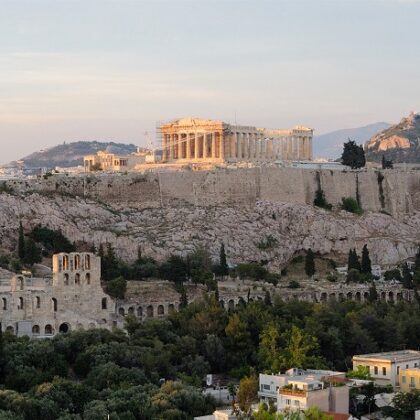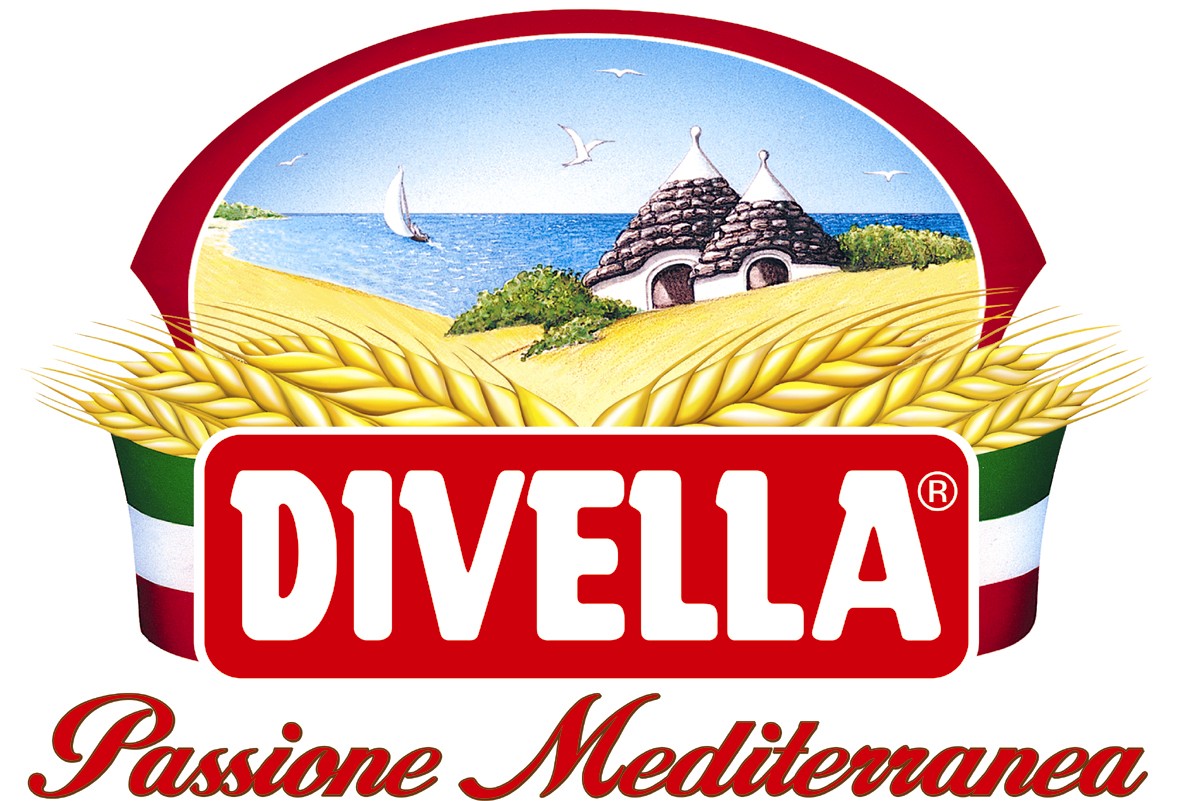
END OF THE SECOND WORLD WAR AND PEACE TREATIES
As a century, the 20th century was marked by two tragic world wars that caused destruction, huge human losses and the upheaval of the political, economic and social structures of the states involved.
During the Second World War, which involved almost all the countries of the world and was caused by the expansionist aims of Hitler’s Germany, over fifty million people lost their lives, thirty of them in Europe alone.
The peace treaties of Paris, San Francisco and the Yalta and Potsdam conferences marked the end of this exhausting conflict.
In order to prevent such atrocities from being repeated in the future, most of the states that had emerged from the war decided to regulate international relations in a clear and structured manner.
On 10 February 1947, the Paris Peace Treaties were signed, which dealt with the borders of post-World War II Europe.
The Paris Peace Conference that led to the treaties lasted from 29 July to 15 October 1946.
The Allied powers that won the war (mainly the United Kingdom, the Soviet Union, the United States and France) negotiated the details of the peace treaties with Italy, Romania, Hungary, Bulgaria and Finland.
Germany was excluded as it was completely occupied and dismembered.
The treaties allowed the defeated Axis powers to resume their responsibilities as sovereign states in international affairs and to qualify for membership of the United Nations.
The settlement worked out in the peace treaties included the payment of war reparations, a commitment to minority rights and territorial adjustments including the end of the Italian colonial empire in Africa, Greece and Albania. There were also changes to the Italian-Yugoslav, Hungarian-Czechoslovakian, Soviet-Romanian, French-Italian and Soviet-Finnish regimes.
The treaties also obliged the various states to hand over war criminals accused by the Allied Powers.
With regard to our country, the treaty made fascist Italy responsible for the war of aggression with the Allied powers. It also admitted that, with the help of the democratic elements of the Italian people, the fascist regime was overthrown on 25 April 1943.
The content of the peace treaty, however, was not limited to settling outstanding issues following the events of the war, but also imposed the cession of territories over which Italy’s sovereignty had been recognised even before the advent of the fascist regime.
THE ECSC AND THE FIRST STEPS OF THE UNION
In April 1951 the German Chancellor Adenauer, the Foreign Ministers Robert Schuman for France, Carlo Sforza for Italy, Paul van Zeeland from Belgium, Dirk Stikken from the Netherlands and Joseph Bech from Luxembourg met to sign the Treaty of the European Coal and Steel Community (ECSC), the first embryo of today’s European Union.
The ECSC (founding countries: France, West Germany, Italy, the Netherlands, Belgium and Luxembourg) was thus the first in a series of supranational European institutions that would lead to what is now called the Union.
The preamble to the Treaty reiterates the values already expressed in the Declaration of 9 May: world peace can only be safeguarded by efforts commensurate with the dangers threatening it.
Europe thus becomes an indispensable organisation for the maintenance of peaceful relations.
The Schuman Declaration, issued by the then French Foreign Minister on 9 May 1950, proposed the creation of a European Coal and Steel Community, whose members would pool their coal and steel production.
In 1950 the European nations were still trying to recover from the devastating consequences of the Second World War, which had ended five years earlier.
Determined to prevent a repeat of such a terrible conflict, European governments came to the conclusion that the merger of coal and steel production would make a war between historically rival France and Germany “not only unthinkable, but materially impossible”, to quote Robert Schuman.
It was thought that pooling economic interests would help to raise the living standards of Europeans and this would be the first step towards a more united Europe. ECSC membership was also open to other countries.
“Schuman stated that: “World peace cannot be safeguarded except by creative efforts proportional to the dangers which threaten it.”
And also that “Europe cannot be built all at once, nor will it be built all at once; it will arise from concrete achievements that create above all a de facto solidarity”.
And finally: “The merger of coal and steel production will change the destiny of these regions which, for a long time, have been dedicated to the manufacture of instruments of war, of which they have been the victims most constantly”.
The six signatories thus put their signatures to a treaty, which was the result of intensive negotiations and had to be submitted for ratification by the parliaments of the six acceding countries.
THE EU
The post-war period also saw the birth of the EU: as already mentioned, an international regional organisation for economic and political integration, which grew out of the process initiated in the 1950s with the establishment of the European Coal and Steel Community (ECSC), the European Economic Community (EEC) and the European Atomic Energy Community (EAEC).
Over the years, important EU Treaties have been passed, including:
Treaty of Paris (1951), the Treaty of Rome (1957) and the Single Act (1986).
The Treaty of Maastricht (1992) is the most important and constitutive treaty of the European Union and also initiated political integration.
The European Union it created comprises three pillars: the European Communities,
the Common Foreign and Security Policy (CFSP), as well as police cooperation and
cooperation in criminal matters (JAI).
The treaty also establishes European citizenship, strengthens the powers of the European Parliament and finally establishes an economic and monetary union (EMU). In addition, the EEC becomes the European Community (EC).
The treaty enters into force on 1 November 1993 and has these five main objectives:
- – strengthening the democratic legitimacy of the institutions;
- – to make the institutions more effective;
- – to establish economic and monetary union;
- – developing the Community’s social dimension;
- – establishing a common foreign and security policy.
The Treaty of Amsterdam was signed in 1997, the Treaty of Nice in 2001 and the last and very important Treaty of Lisbon in 2007.
Today the EU has 27 Member States (Austria, Belgium, Bulgaria, Cyprus, Croatia, Czech Republic, Denmark, Estonia, Finland, France, Germany, Greece, Hungary, Ireland, Italy, Latvia, Lithuania, Luxembourg, Malta, Netherlands, Poland, Portugal, Romania, Slovakia, Slovenia, Spain, Sweden).
THE EUROPEAN UNION’S VALUES AND GOALS
The EU is founded on the values of respect for human dignity, freedom, democracy, equality, the rule of law and respect for human rights.
In its external relations, one of its aims is to promote the values of peace, security and sustainable development.
The Union’s objectives also include the eradication of poverty, the protection of human rights and respect for international law and the principles of the United Nations Charter.
In recognition of its historic role in securing peace at home, the EU was awarded the Nobel Peace Prize in 2012.
UNITED NATIONS ORGANISATION
Between 1942 and 1945, the idea of founding the United Nations matured, and its founding charter was adopted on 26 June 1945 by the San Francisco Conference. Established to maintain international peace and security, it was based in New York in the Glass Building.
Italy was only granted membership of the UN on 14 December 1955.
Within the United Nations there are a number of bodies responsible for safeguarding international peace:
- – the Security Council decides on peacekeeping or peace support missions;
- – the UN Secretary General can take the initiative;
- – the Secretary-General’s representatives or envoys seek solutions to conflicts on the ground, if possible even before violence erupts.
the UN can also decide on economic sanctions when negotiations and mediation fail; when a conflict threatens international peace and security, the Security Council can approve the use of military means as a last resort.
THE WORLD PEACE COUNCIL
The World Peace Council is an international organisation that endorses universal disarmament, sovereignty, independence and peaceful coexistence; it opposes weapons of mass destruction and all forms of discrimination.
It was founded in 1950 to promote peace campaigns around the world. Its first president was the eminent physicist Frédéric Joliot-Curie. It was based in Helsinki from 1968 to 1999. Today its headquarters are in Greece.
Grazia Crocco






